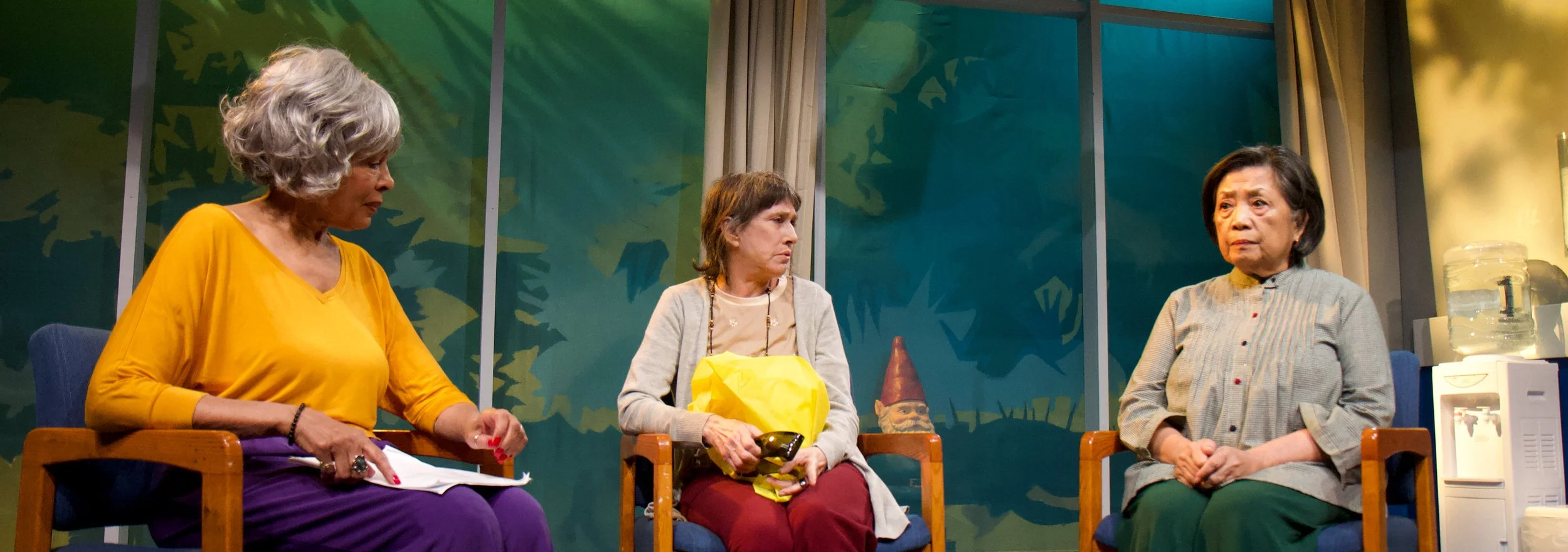The Starry Messenger by Ira Hauptman is a drama based on Galileo’s emotional dilemma over whether to recant his theories on the rotation of the earth and how his decision will affect him and his family. The Catholic Church calls his ideas heresy, saying it has long been established that the earth is the center with the sun revolving around it. The play opens with Castelli, Gallileo’s young idolizing assistant, played by the likable Jeremy Rish, looking through a telescope in an effort to see four moons surrounding Jupiter.The Starry Messenger, titled after a treatise written by Galileo in 1610, expresses some of those ideas about planets and moons. Early in the play we meet our threatening conflict: two mafioso, red clothed Cardinals, Zacchia and Borgia, played expertly by Louis Vuolo and Brian Gagne respectively. Jorge Luna as Vincenzio, Galileo’s bastard son, serves as a breath of fresh air throughout the play. Vincenzio’s only concern is removing his illegitimate status and Luna plays this with non-calculating delight. David Little as Galileo is a solid performer and aptly carries the play.
Galileo’s other children, his two illegitimate daughters, were sent to live in the convent as nuns. Marnye Young plays Victoria/ Suor Maria Celeste, a passionate devoted daughter with dental problems, to full heights. Young, as Maria Celeste, is torn between her pressures of the church vs. her belief and a devotion to her father. Young plays extreme anguish well but I feel that more tenderness and subtlety might have rounded out the performance.
Elisa Matula does an admirable performance as Livia, Sister Arcangela, the insane daughter suffering from demons and visions of torment. Playwright Hauptam ads an interesting and entertaining element as the source of Archangelica’s visions are glimpses of of modern day. This causes her to spew contemporary science and physics terms which no one except the audience understands. Her terrifying vision of the invention of a bomb especially resonates, making the point that Galileo’s theories could be the beginning of a path to evil.
The sharp choice to make the set a theater in the round proves quite successful. Innovative greenery and solar elements by Megan E. Healey, costume and set designer, disguised the lighting grid adding uniqueness to the minimalist set of moving benches. Costumes seem appropriate to the period. Vincenzio’s flamboyant and pretentious outfit to celebrate his legitimacy is a cause for a chuckle.
The staging by director Susan Einhorn is innovative and the actors frame themselves well on equal portions of the stage in a wholly organic way. Einhorn creates a seamless ensemble with a team of very committed actors. Jeff Greenberg, the lighting designer, deserves recognition for his ingenious rotating star display on the stage floor. This rotating light show is especially paramount following scenes of conflict between Galileo and the Cardinals.
Death is prevalent in the time period that this play is taking place. I could have gone without the dramatization of both sisters’ deaths in the play as they border on melodramatic. However, I was itching to see the death of Carndinal Zacchia. In one scene Cardinal Borgia (Gagne) warns Zacchia about his health issues as he gets over excited in his vehemence directed at Galileo. I found myself distracted in anticipation of the moment when Zacchia keels over, which he never does.
The Starry Messenger is a well acted drama on all counts. Though, as the playwright says, it is not entirely historical, it might serve as a refresher to our origins in science and space.






